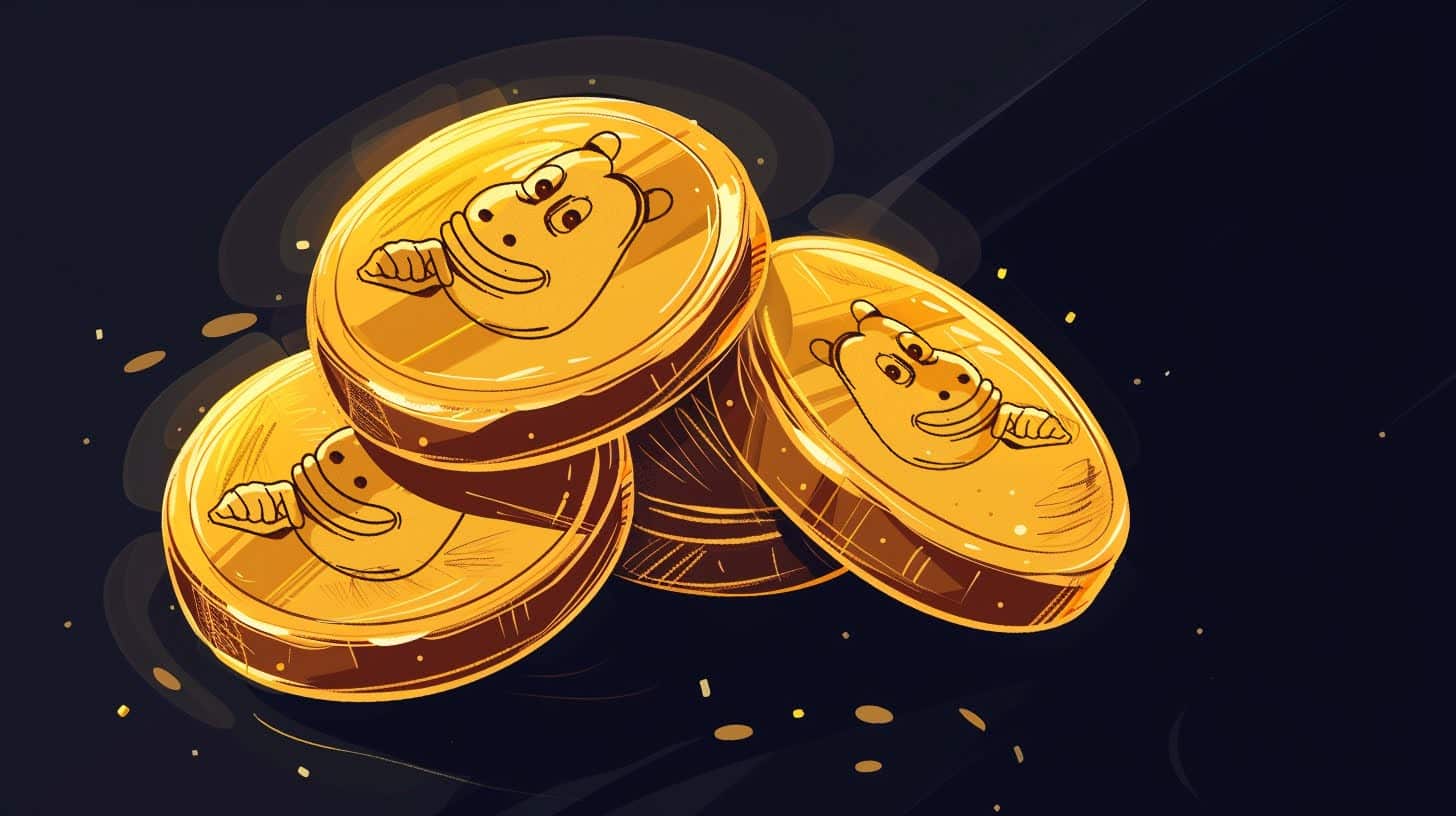The Bitcoin halving just happened — here’s what it means
It finally happened.
The Bitcoin halving, one of the most anticipated events in the crypto industry, occurred in the first hours of Saturday, London time.
From now on, the network will create half as much Bitcoin — only 3.125 new coins every 10 minutes, down from 6.25. That translates to almost $30 million worth of coins that will no longer enter circulation on a daily basis.
Market participants love halvings, because they lower the supply of Bitcoin. If demand remains the same or increases, then Bitcoin’s price will push higher — at least in theory.
Halvings are scheduled to occur roughly every four years, and this is Bitcoin’s fourth one. The prior halvings were spectacular for the cryptocurrency’s price.
Bitcoin rallied roughly 1,800% within five months of its first halving in November 2012, and 3,000% a year and a half after the halving in July 2016. Its third halving in May 2020 had a more modest effect, but Bitcoin still surged almost 600% in 11 months.
But this halving may play out differently.
Bitcoin’s price
Because of the halving, Bitcoin miners aren’t able to sell as much Bitcoin as before to finance their operational costs. Fewer sellers means buyers have a larger impact, at least theoretically.
But miners play a smaller role in Bitcoin’s price action than they used to. Bitcoin’s circulating supply of almost 19.7 million coins means that 93% of all the Bitcoin that will ever exist has already been mined.
When the first two halvings happened — in 2012 and 2016 — the existing supply accounted for only 47% and 74% of the total supply, respectively.
Put differently, this time around, the halving will make a smaller difference.
Other factors this time pack a bigger punch when it comes to driving Bitcoin’s price. They include $12 billion in new investment into Bitcoin exchange-traded funds, Federal Reserve policy, and geopolitical conflict driving investors into havens and away from risky assets. Bitcoin is considered to be a risky asset.
Mining Bitcoin
The Bitcoin blockchain is maintained by miners. Their job is to add new blocks to the blockchain and make sure no one is tampering with it.
It’s not an easy task. Miners need computational power to create new blocks. The more power they have, the more likely they are to mint new blocks before their competitors do. However, the more computer power they plug in, the higher their energy costs.
That’s why miners receive a certain amount of Bitcoin, plus transaction fees, every time they succeed in creating a new block.
But for philosophical and economic reasons, Bitcoin’s creator, the pseudonymous Satoshi Nakamoto, wanted Bitcoin to have a maximum supply of 21 million coins. Halvings were designed to decrease the creation of new Bitcoin over time until that target is reached in the year 2140.
So each halving slashes in half the amount of Bitcoin that rolls into the market on a daily basis, gradually slowing the expansion of the cryptocurrency’s supply.
Impact on miners
The halving can make a huge dent in a miner’s revenue, depending on its business model. If a mining operation isn’t efficient enough — for example, it is locked in expensive electricity contracts with its energy providers — it can go under.
This has caused analysts from crypto exchange Coinbase and research firm Bernstein to predict that the mining industry will consolidate, as big players scoop up struggling rivals.
Marathon Digital and Hut 8, two of the biggest publicly traded Bitcoin mining firms in the US, have told DL News that they are looking for opportunities to buy distressed assets.
“We’re ready and willing to acquire assets if the right assets come up at the right price,” Hut 8 CEO Asher Genoot said.
Tom Carreras is a markets correspondent for DL News. Got a tip about Bitcoin? Reach out at [email protected]






